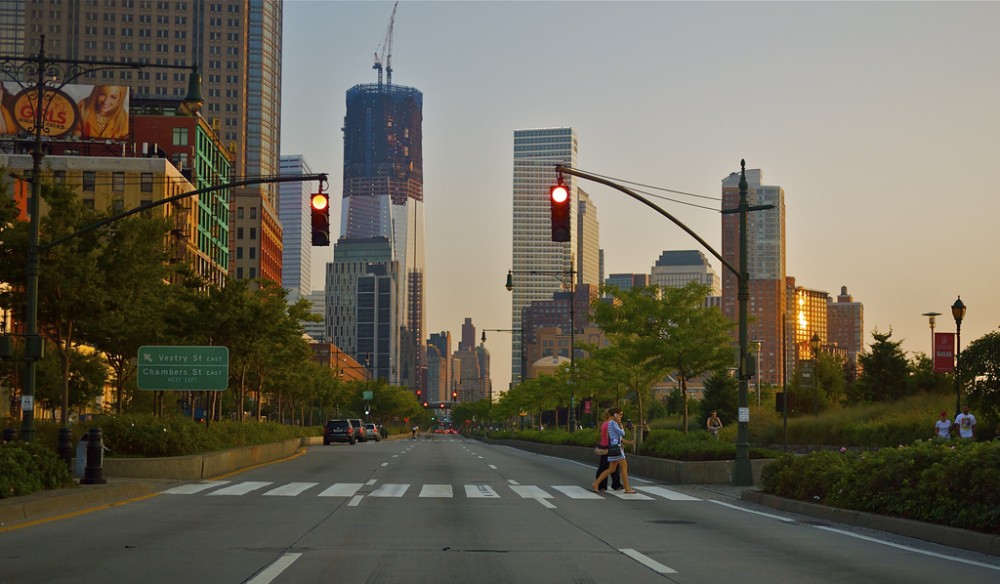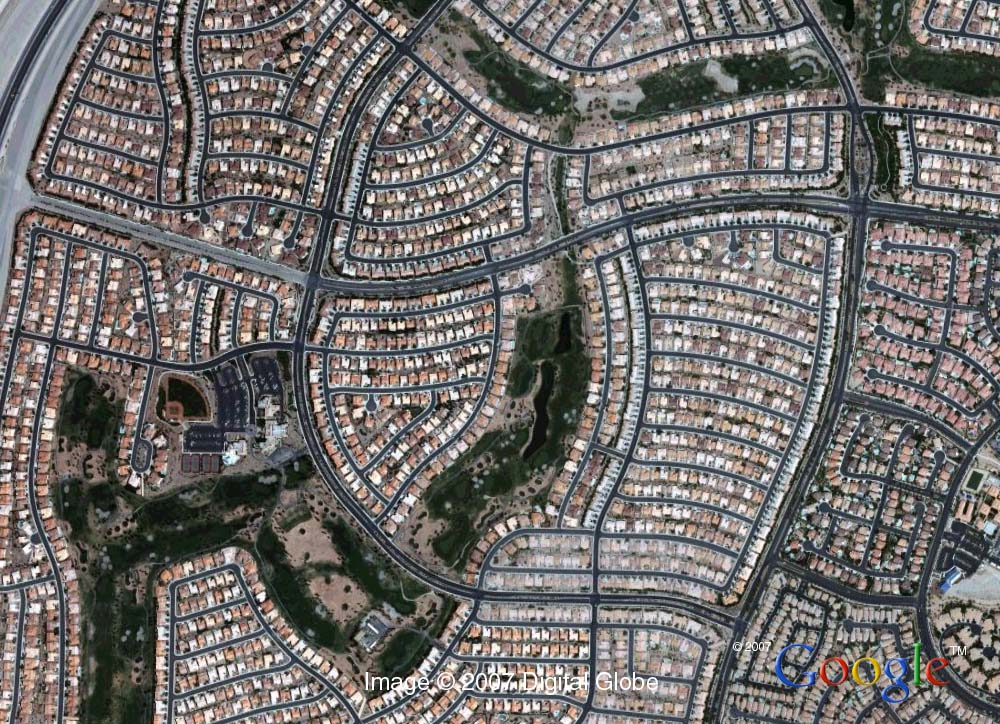A result of the transformation of the American Highway System in the 50s and 60s, the interstate has lead to wide spread horizontal growth in regions outside of the main city center. It has cemented the age of the automobile in our society for generations and there is no end in sight. Most people can only travel between their home and the supermarket or the gym by car.
Horizontal suburban sprawl has led to the demise of the train and bus because there is no warrant to have service in a low density place. It wouldn’t be viable. If we were to somehow manage to control the growth of the horizontal sprawl and instead have it as vertical sprawl then a public transportation system may be warranted to serve that area because of the higher density of people (more customers). However, the US government is encouraging such growth with low gasoline taxes relative to European nations and a lack of incentives to encourage mass transit. It encourages people to drive and live farther away from work which leads to more gasoline consumption. With petroleum products running out, I predict that there would be a rise in people moving closer to the work place or back to thecenter city.


What about suburban communities like the Pennsylvania Main Line, which grew around, and are still served by, train tracks. That the Delaware Valley which, by world standards, is not very dense can have economical commuter rail would suggest that most communities can be serviced by some form of public transportation, even with extensive suburban sprawl.
A lack of density just makes all transportation more costly per person, but that includes roads themselves and does not mean it has to be uneconomical.